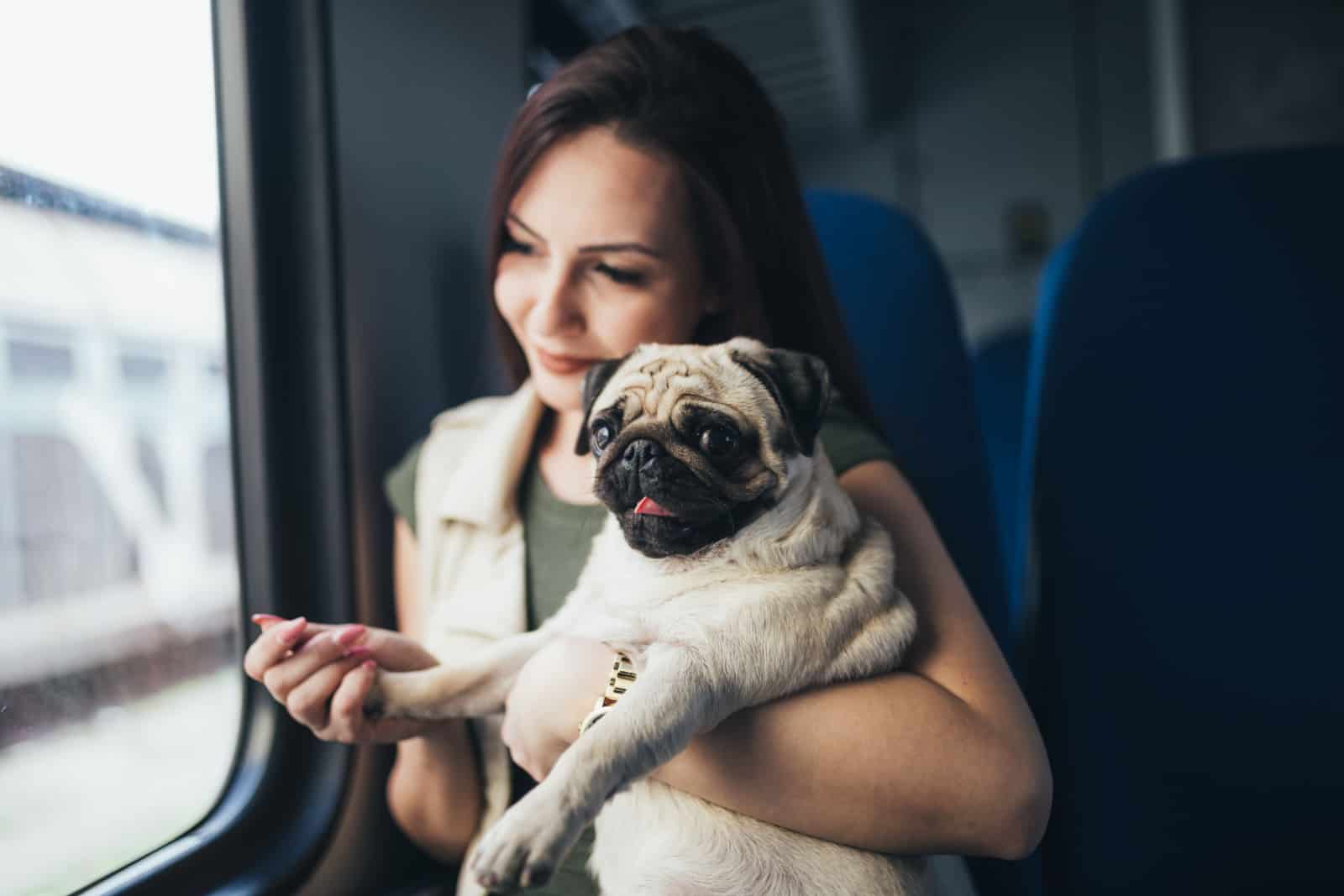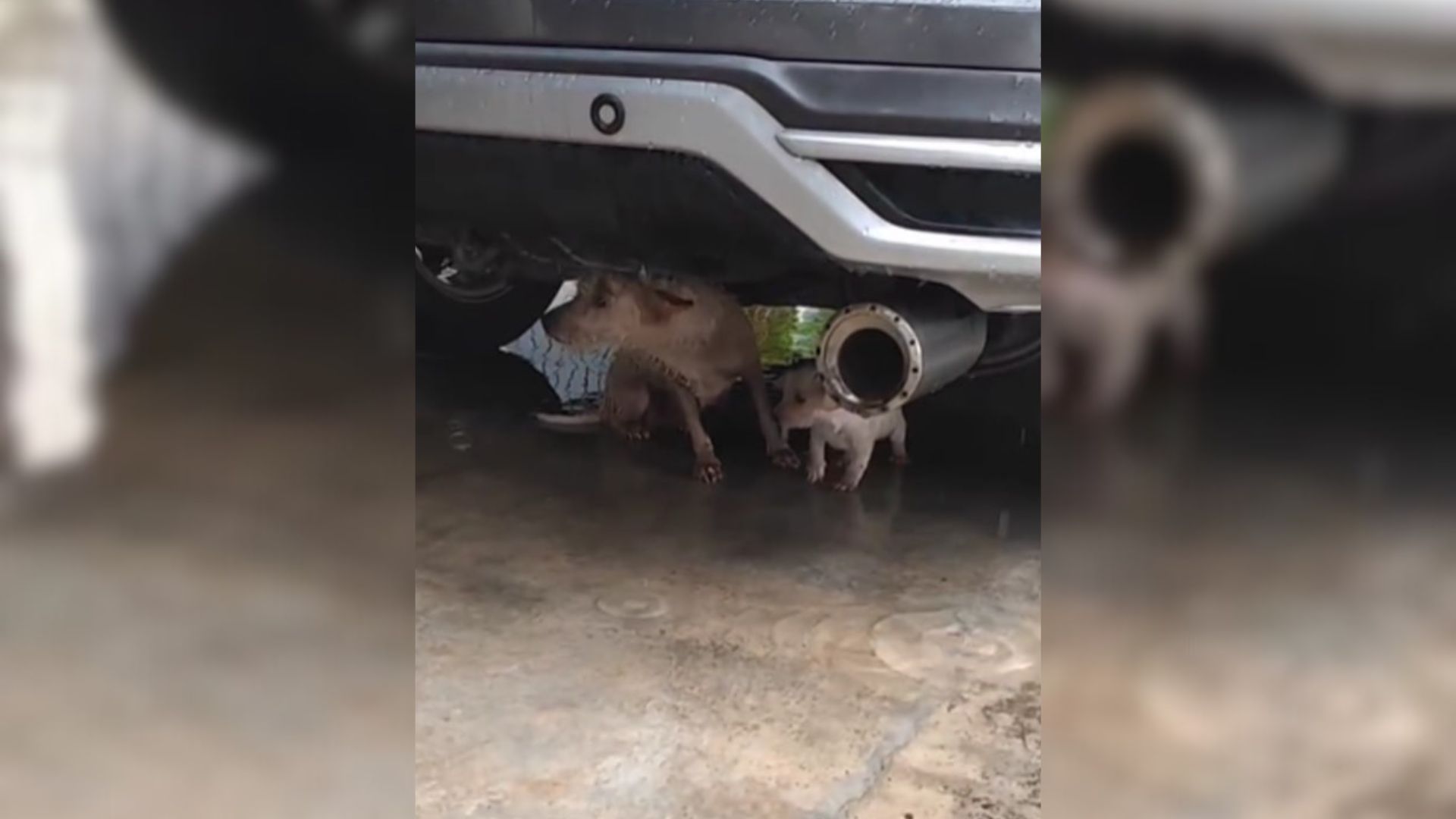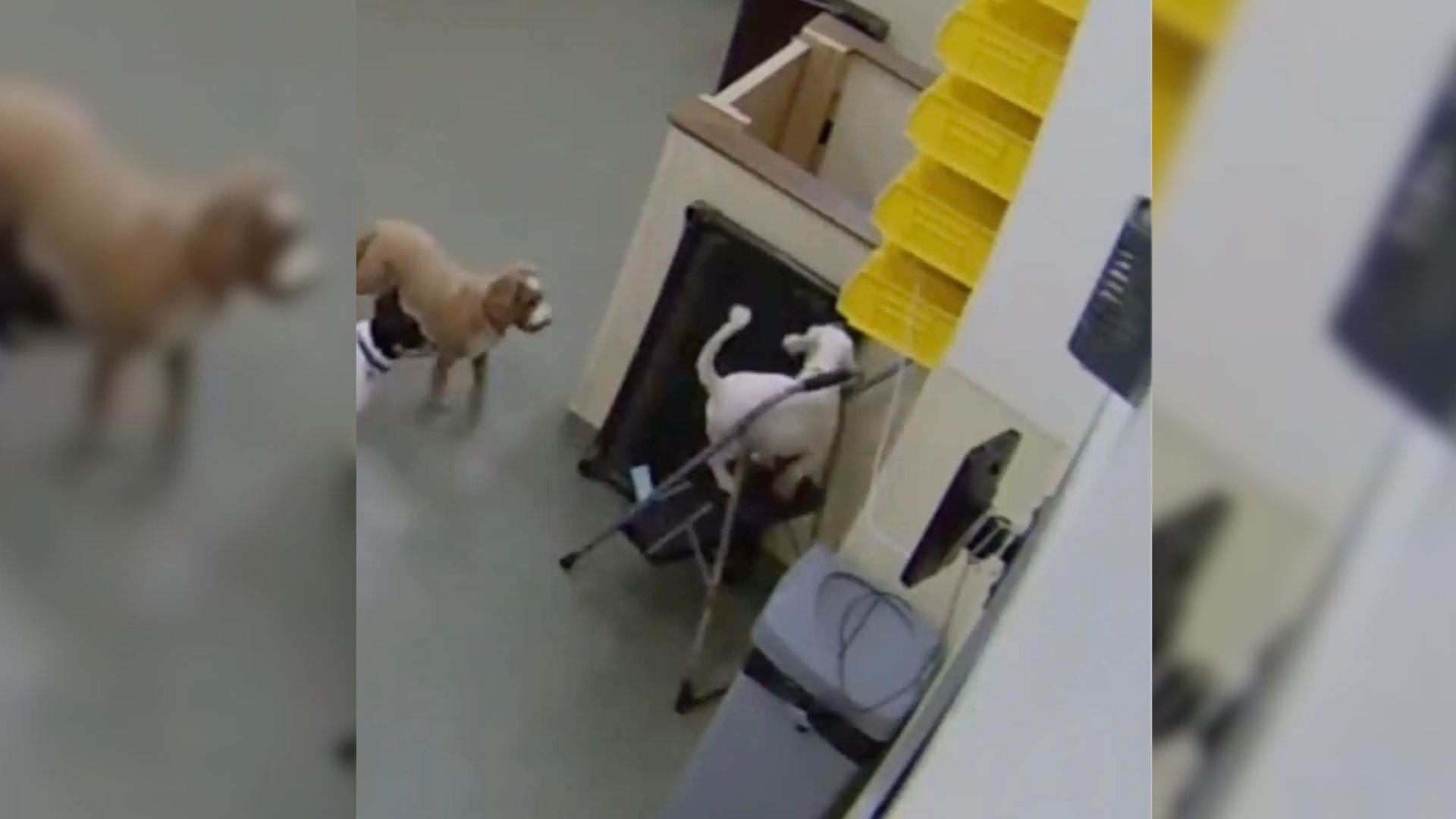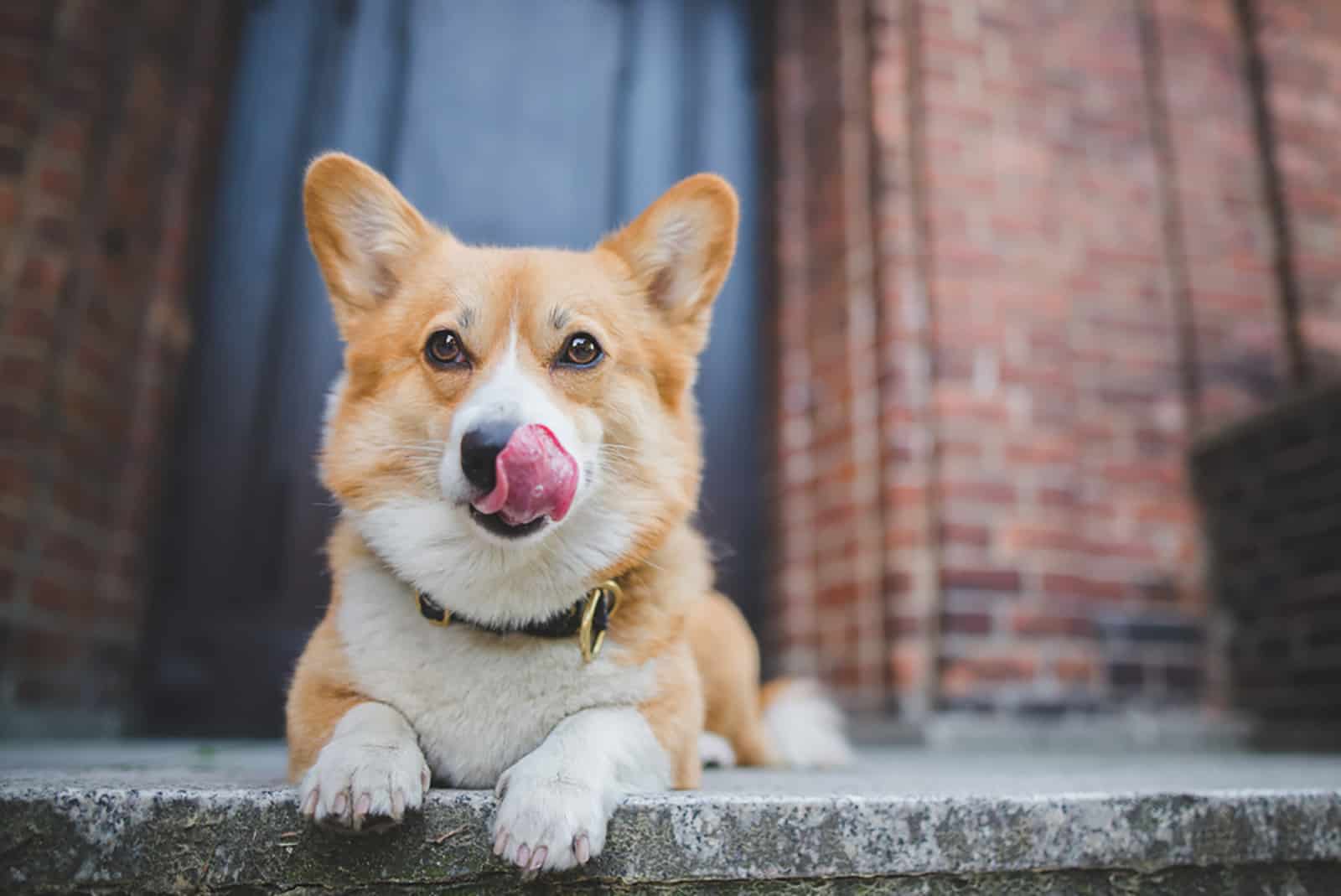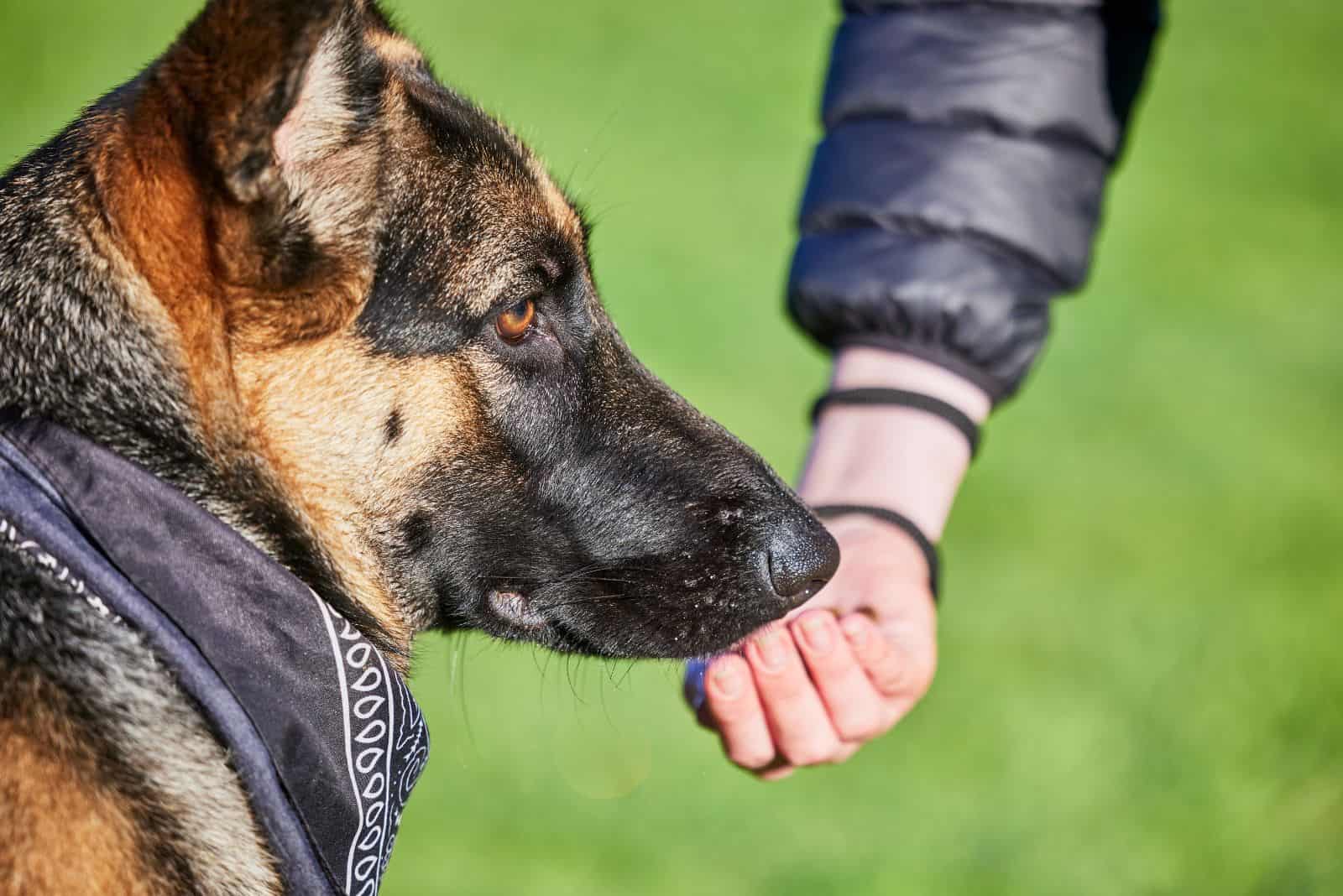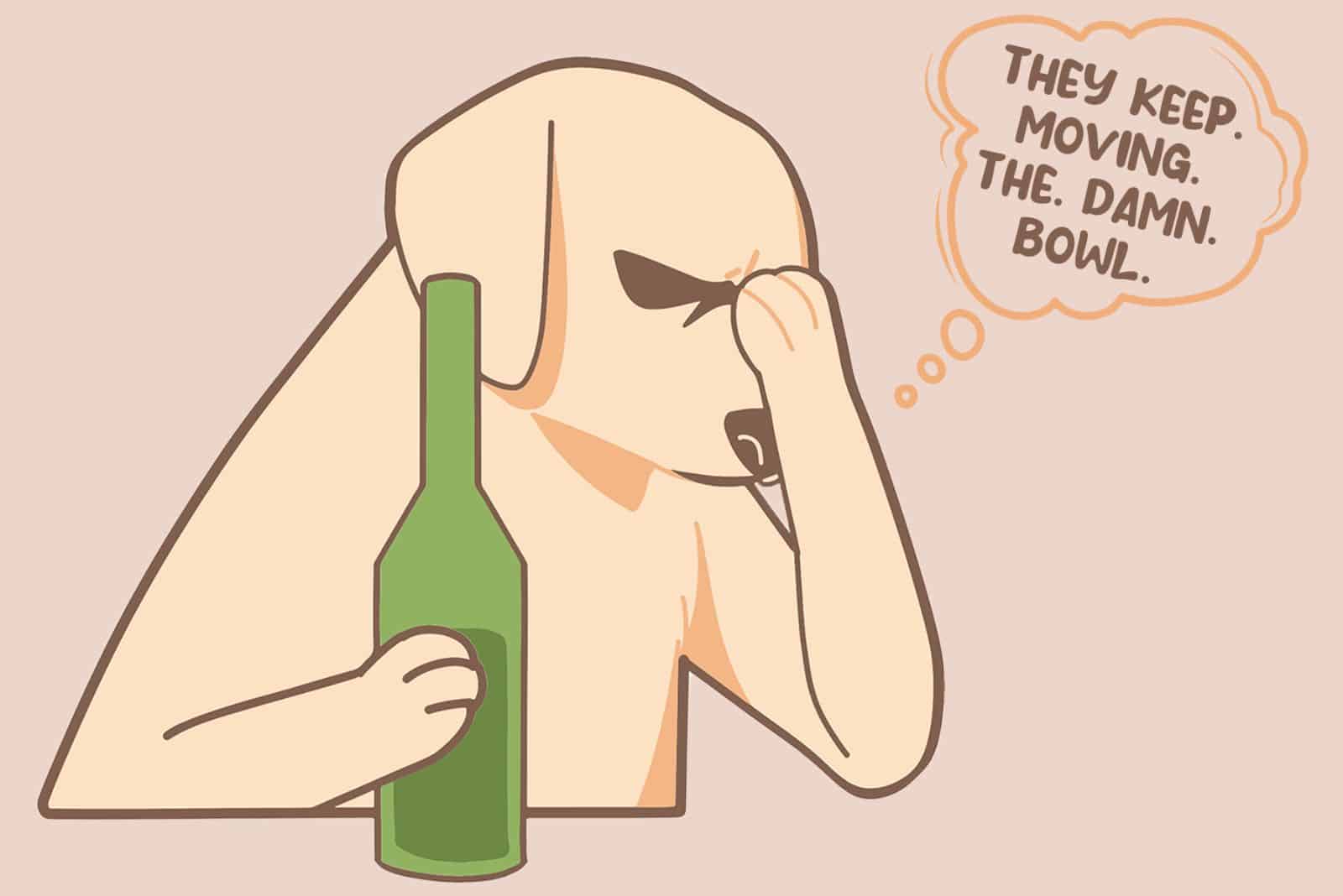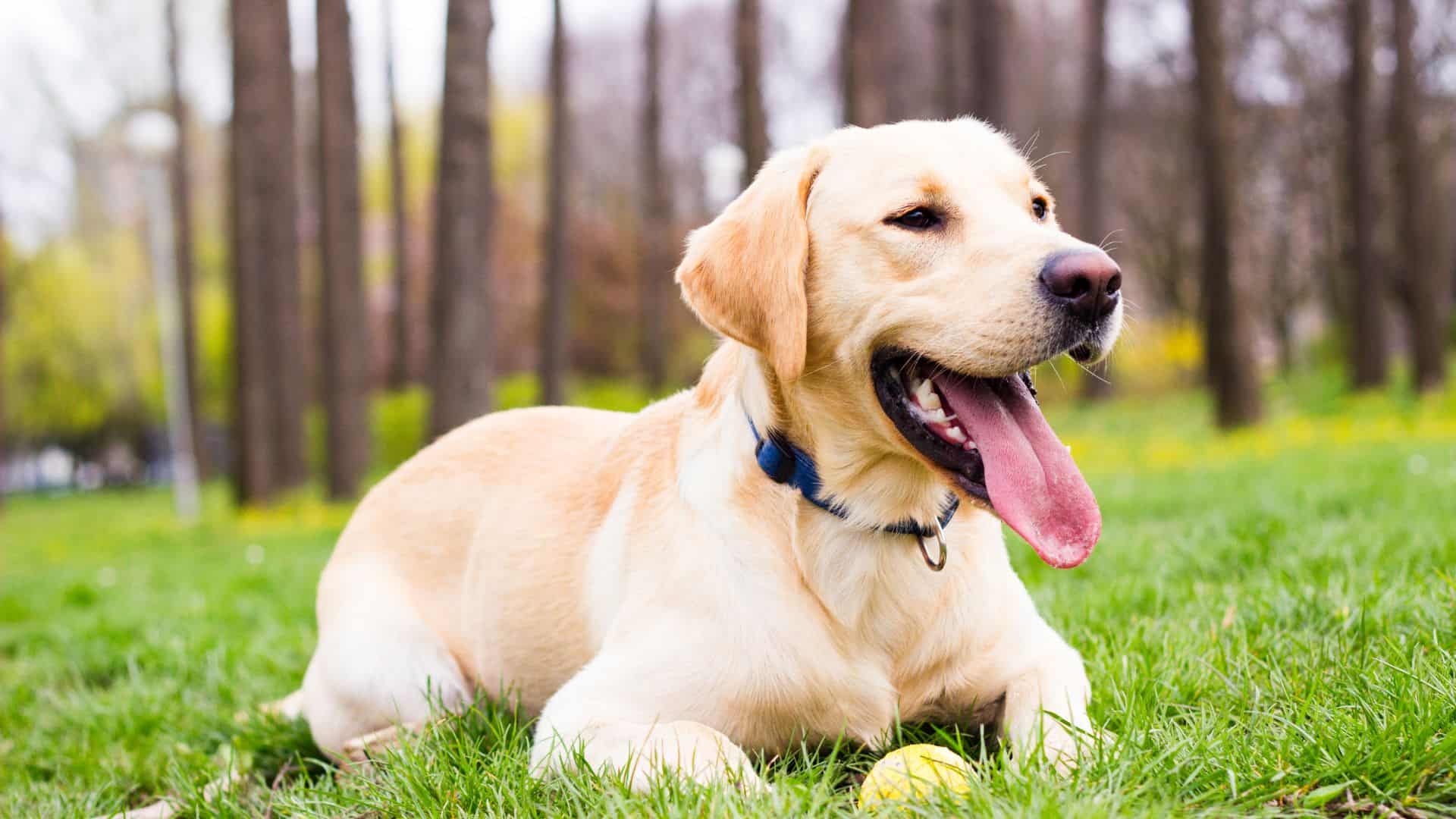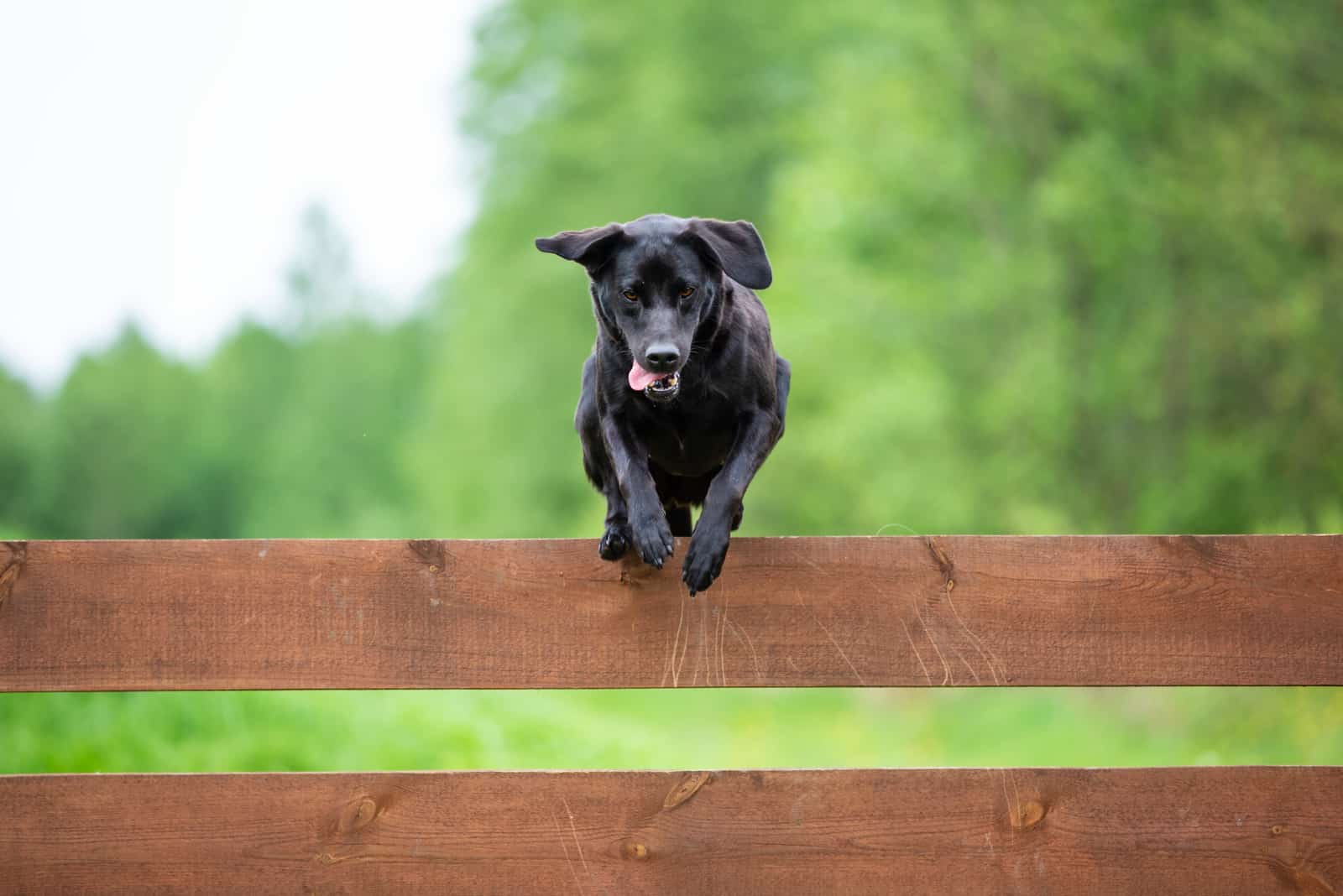Seeing dogs suffer on the street without food, water, or a loving hand is something the majority of us dread seeing. If you feel like you can give a helping hand, but you do not have the know-how, this short guide should be a nice starting point.
I created a simple table to help you get a broad idea of how likely a stray is to be redomesticated based on its behavior in your presence. However, nothing is set in stone. You can attempt to redomesticate any dog.
Note: Some behaviors can point to more than one level of redomestication potential, depending on how many other types of behavior they present and for how long they persist.
| BEHAVIOR/POTENTIAL | AGGRESSIVE | FEARFUL | ACCEPTS FOOD | APPROACHES YOU | FOLLOWS YOU |
|---|---|---|---|---|---|
| LOW | X | X | |||
| MEDIUM | X | X | X | X | |
| HIGH | X | X |
1. Gaining The Dog’s Trust

Humans tend to be overly emotional when seeing a stray dog, regardless of its state of mind. Do not simply walk into the dog’s personal space. Crouch or sit at a distance and wait until the dog accepts your presence as non-threatening.
Towering above a fearful, anxious, or aggressive dog will only chase it away or make it pounce on you. Do not make direct eye contact. This is not a dominance competition, you are there to offer peace with humankind.
Do not get discouraged if the first contact is not even close to what you expected. Keep coming back every day until you make an inch of progress. The dog will eventually see that you do not mean harm and will give you a shot.
The scarcity of food or water can be a great incentive for the dog to approach you. Bring a bowl and a bottle of water and some food to show good intentions. Let the food or water sit a few feet from you, so that the dog understands that physical proximity is not mandatory.
Do not bring other people with you. Make it a one on one session of establishing trust. It is important to know in advance what your goal is. Dogs appreciate a structured approach more than people imagine.
After all, stray dogs will know you are capable of taking care of them if you actually know what you are doing. Most importantly, be consistent and persistent. It might take days or weeks before you gain the dog’s trust.
Reddit user CurlyGingerPants shared their experience in gaining a fearful dog’s trust, and confirmed with another example that slow and steady beats fast and pushy. You can check out the Reddit thread here.
2. Introducing The Basic Items For Redomestication
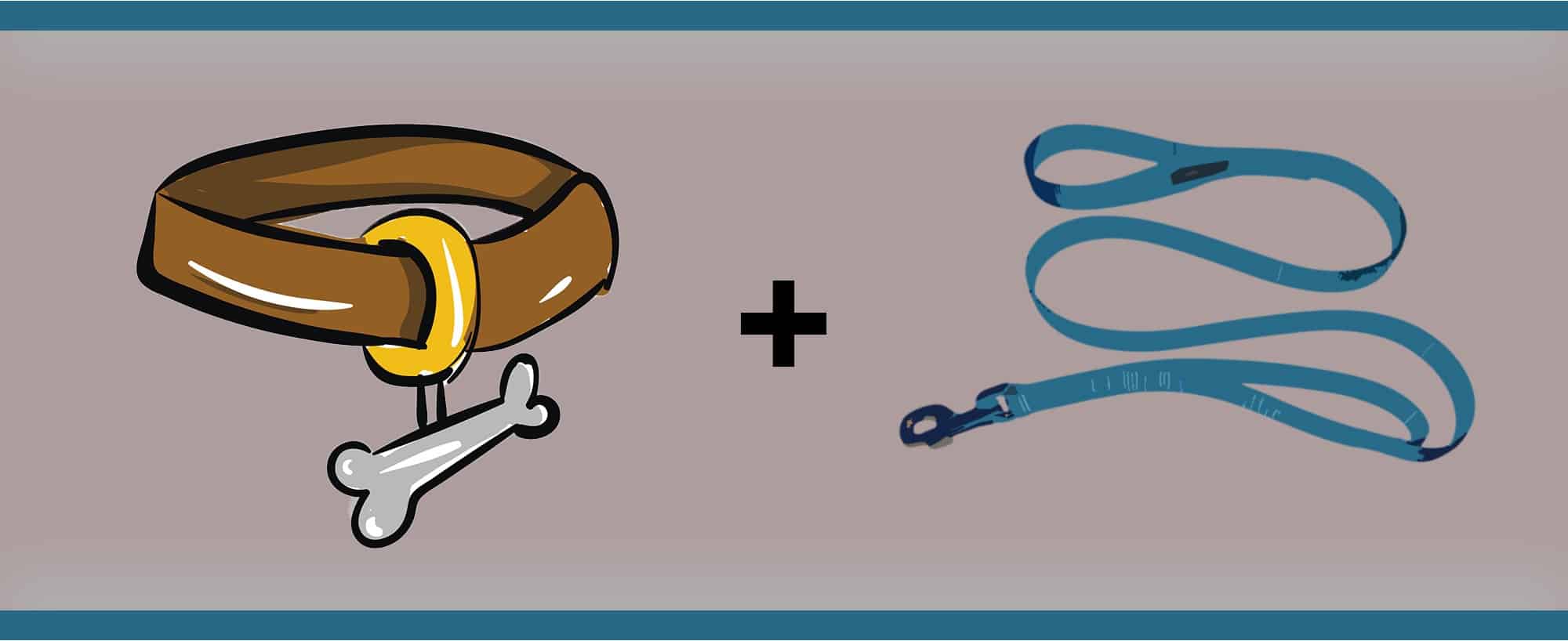
Once the dog recognizes you and shows signs of trust, or even excitement, you must stay calm and let it approach you instead of going for a head scratch. Despite associating your presence with positive things, you are still some ways from being completely trustworthy.
- While you are in the phase of acclimatizing to each other’s company, it would be useful to start introducing a collar. It is a small thing, but will go a long way if the dog shows redomestication potential.
- Of course, you will ultimately need a leash for the collar, so let the stray dog learn that these two items amount to a positive experience. Never bring a used collar or leash, as the scent of other dogs can be a red flag for the stray.
- Lastly, you can even bring a portable crate. The door should always be open, so that the dog can leave it at any time. It can be tough to make it enter the crate, but the goal is to teach the dog that the crate is a safe place. Food can help speed up this process.
Certain dogs might regress at the sight or sound of a collar/leash or crate, so if you notice any distress, remove those items immediately and keep your composure.
3. Establishing First Physical Contact
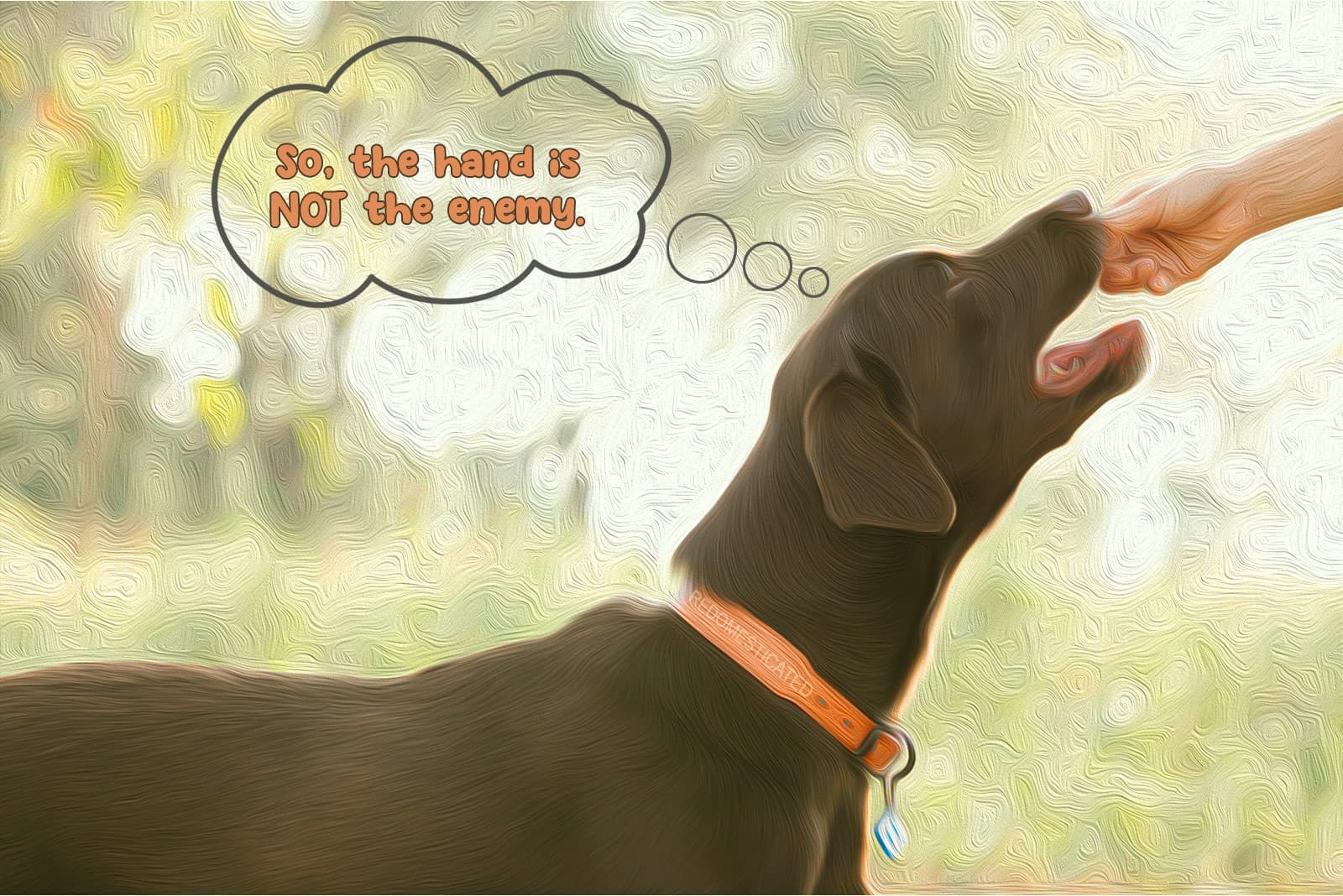
Congratulations on your first physical contact with the stray. The makings of a bond between you two are now underway. While you might be tempted to get all fuzzy-wuzzy with the dog, keep your hands to yourself, and let the dog initiate physical contact.
Reaching out for the head, neck, or body can be interpreted as a sign of aggression since it essentially is an invasion of personal space. This is especially important if the dog is aggressive, as it might snap back and bite you.
Humans use hands for all kinds of work, but unfortunately, dogs know their negative uses, too. Lower your hand so that the dog feels safe to eat out of it. Trust is built by understanding each other’s needs, and a canine will make it obvious how your relationship is progressing.
You can even implement some obedience training like the “down” command by putting a closed fist on the ground with the food inside so that the dog needs to lie down to get the food out.
To earn the dog’s respect, provide food and water (the basics) to show you are still taking care of it. This should land you some reputation in the bank. Never go overboard with “rewards” because the dog might feel it is not prudent to do everything you expect of it for food.
4. Replacing Food With Attention And Affection
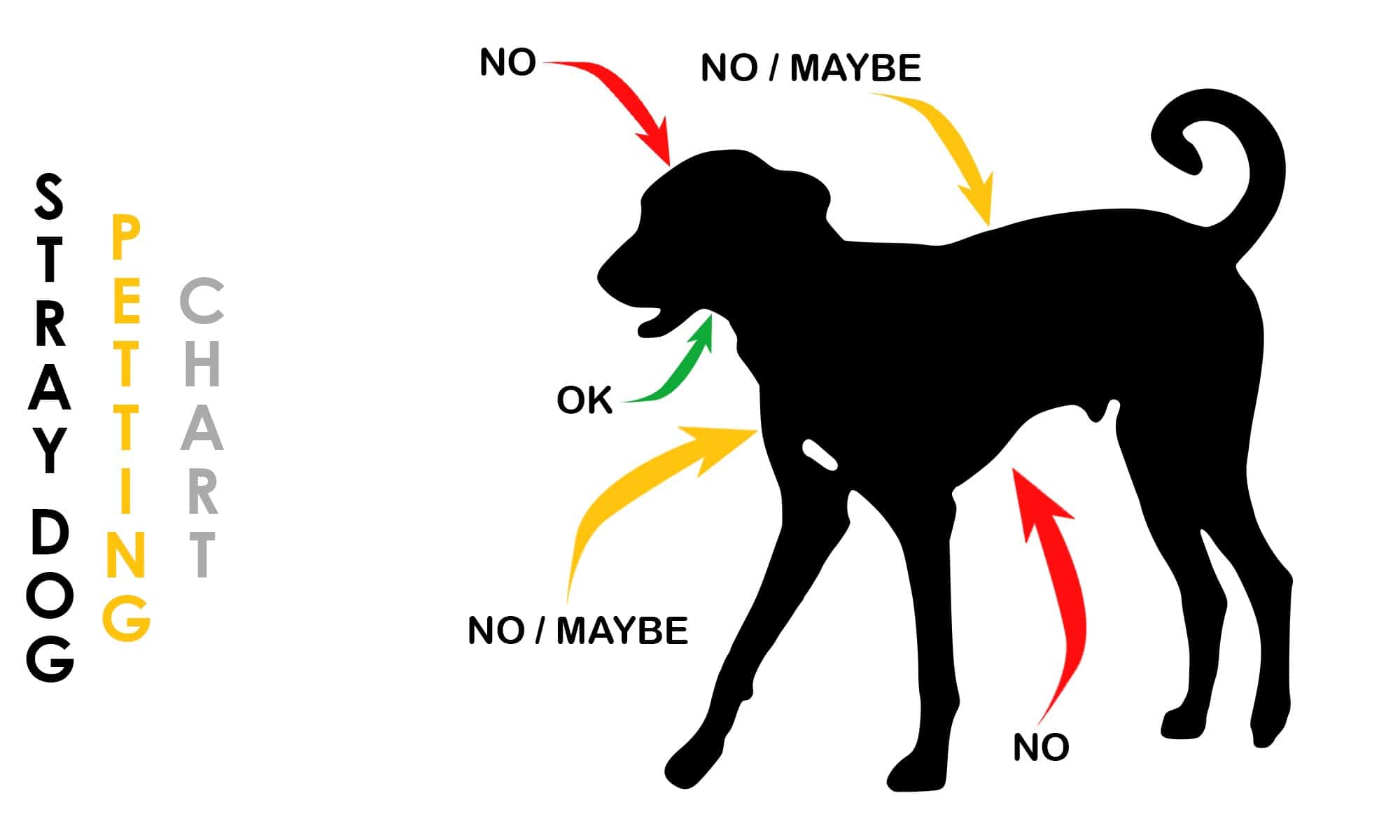
You can consider this move as a sign of trust. It tells you that the dog now sees you as good company, which should be met with equal respect from your side. Still, do not make sudden moves or raise your voice.
Avoid baby talking and verbal communication, as these dogs have probably heard enough of it to not trust it. Use your body language instead of wondering whether the dog likes you talking to it or finds it confusing.
Since food is not your only power now, try giving the stray dog some neck scratches or even head scratches while keeping hand movement nice and slow. It is common behavior for strays to become submissive and lie in front of you belly-up, too.
This Twitter user had a stray come inside their yard and roll over in a submissive position. Some strays do all the work for you. All you have to do is enjoy the show.
While you give affection, try putting a collar in your hand and rubbing the dog with it to explain that it is something to be happy about. After a couple of days of introducing the collar, try putting it on while giving affection or food. The combination of both can be a way to speed up the process.
Once the collar is on, do not try pulling the dog to go after you. Forcing it to do anything means you are no different from the humans who potentially neglected or harmed it. The dog should follow you of its own volition, and perhaps with the help of a tasty piece of food.
Keep in mind that the chart serves only as a guide. The dog you are trying to redomesticate might be open to belly rubs, head scratches, back twisters, and all other kinds of crazy moves.
5. Time To Go Home

If you can successfully walk with the stray on a leash, you are almost done with the process of building trust and respect. Having control over the dog’s movement is a big step forward, which means you can now focus your attention on being gentle and assertive.
Do not rush anywhere. Take your time to walk the dog to your car, or if it is near your home, enjoy the stroll with your new canine companion. Make sure you read the dog’s body language, including tail and ear movement, to assess your next moves.
Do not tug too strongly, avoid getting frustrated (because you will be tempted for sure), and keep a steady direction wherever you are going.
There might be difficulties getting into the car, so make sure you help the dog enter without picking it up. You can use food in the car as an incentive, and help it make the extra step or two by leading with the leash. Here is a good example of leash leading.
If the dog feels insecure climbing into your car, then you can gently and slowly pick it up and put it in the backseat or in the trunk (if it is spacious enough). Before taking it home, definitely visit the vet to check for any health problems.
Poor living conditions can cause pest infestations or parasites, and you should never let a dog off the streets just waltz into your home. There are conditions that are easily transmitted to other pets and even people, so health and hygiene before your love for dogs.
However, going through a vet check and paying for some basic healthcare (in most cases) is much better than allowing the dog to be picked up by a “kill shelter”. Over 390,000 dogs are killed annually in animal shelters in the US, but you can try to save one [1].
Things To Consider With Stray Dogs
Not every dog is made the same, so you can hit a wall very soon after feeling like you have made progress. A dog might simply be too untrusting to ever come near you of its own accord. In those cases, attempts to redomesticate are futile.
Even if the stray you are trying to redomesticate takes to you very well, it might be very wary of your family members. If you have small children who still do not understand the concept of personal space, getting a stray dog is very risky business.
Potential health problems can be costly to treat, so make sure you are ready to cover the expenses of medical care. Oftentimes, a stray dog can be a pure breed with a pedigree, so look for missing dog reports before calling it your pet.
Stray redomestication is time-consuming, which means you will need to know whether you have the hours to invest into such a project. Patience and consistency cannot be bypassed in this case, so it is better to leave things alone if you are anticipating a lack of time in redomesticating a stray.
Dogs who escaped their homes are usually microchipped, so your vet should not have any problems contacting animal services to track the owner and return the dog.
Lone stray dogs that live outside packs might have a bad time socializing. Sometimes they consider other canines or pets competition for food or attention and will attack them. If you already own a dog or other animal, test the grounds by introducing them before finalizing the adoption process.
One Final Advice
Letting animal control know about a stray dog is the first thing most people would do, but if you are up to the task and love interacting with dogs, you should never let a good companionship go to waste.
Despite the fact that government bodies associated with animal care are humane and love dogs, there are time and money restrictions that will make the dog’s experience less than pleasurable when going through the standard process of rescue.
Planning your steps ahead, managing expectations, and being positive about the whole ordeal will always yield good results where the canine in question responds positively to the redomestication process.
In case it fails, you should definitely let animal services know about that particular stray dog. That way, it will receive all the professional attention needed and be rehomed or put down, depending on the health condition and resocialization capabilities.
References:
[1] Pet statistics. ASPCA. (n.d.). Retrieved March 27, 2023, from https://www.aspca.org/helping-people-pets/shelter-intake-and-surrender/pet-statistics


